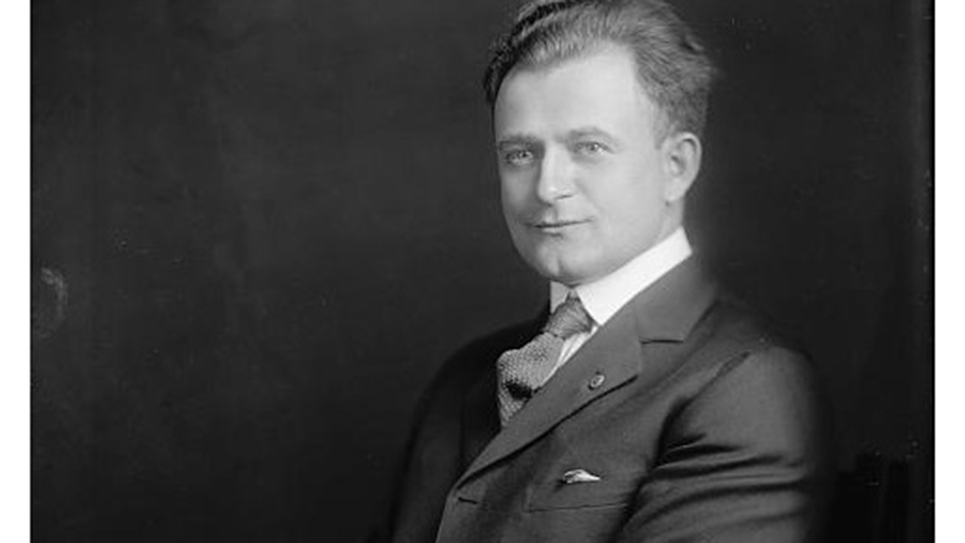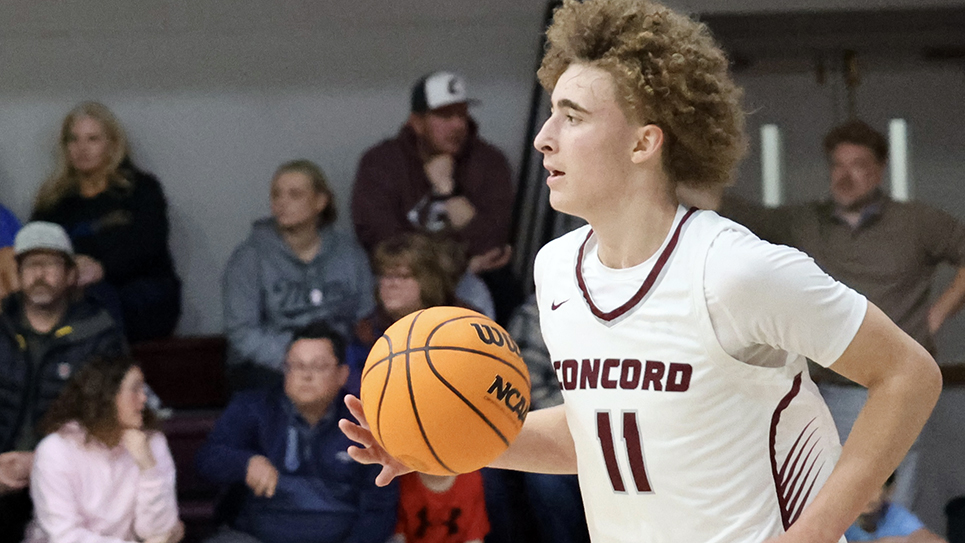In 2007, Sports Illustrated named Tennessee the “Team of the Decade” for the 1950s. The Vols compiled a 72-31-4 record overall, 38-20-4 in the SEC, and boasted a consensus national title in 1951. There were also two SEC titles (1951 and 1956) and two Heisman runners-up, Hank Lauricella (1951) and John Majors (1956).
The Vols were 7-1-2 against Alabama during that time frame, shutting out the Tide five times in 10 years. On the other hand, Kentucky defeated the Vols six times in 10 tries.
Gen. Neyland’s final three years (1950-52) had brought a 29-4-1 record, with bowl games each year. The 1955 season brought the return of a Tennessee folk hero —1938 Vol captain Bowden Wyatt — as head coach. Wyatt brought home an SEC title and No. 2 national ranking in 1956 and a Gator Bowl berth in 1957.
This was balanced against not-so-hot seasons in 1953 and 1954 and losses to Auburn (the Vols failed to make a first down), Chattanooga, and Florida State in 1958.
What lay ahead in 1959 was a season marked by two “highs” — victories over the previous national champions (Auburn and LSU) — and three “lows,” consecutive losses to Ole Miss, Kentucky, and Vanderbilt to conclude the season and the decade.
In late September, the Vols, still smarting from the 13-0 loss to Auburn a year earlier, won 3-0 on Shields-Watkins Field on Cotton Letner’s 20-yard field goal at the north end. On a hot and muggy afternoon, Vol defenders held the Tigers to two forays across the 50.
Bill Majors, a marvel in the secondary, picked off two passes, while Neyle Sollee added a third that thwarted the final Auburn scoring drive.
When LSU came to town for Homecoming on Nov. 7, Vol fans in the know were convinced that the Vols would win. There were signs around campus that read, “LSU, who are you? You won’t be first when the Vols get through.”
LSU led 7-0 at intermission, with the Tigers boasting a streak of 40 quarters since their goal line had been crossed.
That lead looked rock-solid until Tiger quarterback Warren Rabb tossed a pass in the flat toward running back Johnny Robinson Vol linebacker Jim Cartwright intercepted and returned 59 yards for a touchdown.
Newspaper reports indicated that Cartwright’s theft and scoring run woke up the “tomb-like stadium.” When the Vols recovered a fumble and Sollee ran 14 yards for a score to make the count 14-7, Vol fans were back in the game in a big way.
After a punt took a big bounce and hit Majors on the shoulder, LSU recovered and scored to close the gap to 14-13 early in the fourth quarter. Head coach Paul Dietzel decided to go for two and the lead, probably the win, even though there was an eternity of time remaining.
“We’d have been run out of the state of Louisiana had we not given the ball to Cannon,” Tiger assistant coach, later head coach, Charley McClendon said. “Can you imagine what would’ve happened had we given the ball to someone else and not made it?”
Cannon, the 1959 Heisman Trophy winner, got the pigskin on a sweep to the east side of the field. The play had been diagrammed earlier in the week in a Knoxville newspaper, and it appeared Cannon would walk into the north end zone.
Nothing comes easily against the Vols on Shields-Watkins Field. Cannon got the ball, and Athens’ Wayne Grubb, Sewanee’s Majors, and Knoxville’s Charley Severance were there for the stop. The play is known historically as “The Stop,” maybe the most famous defensive play in Tennessee history.
Over the years, Cannon thought he had scored. Severance was equally adamant that Cannon was short of the end zone. Legend has it that this play decided the game. Not so. LSU actually had three legitimate shots to win afterwards, but the Tigers were stymied each time.
The end of the season and the decade was not what the doctor ordered for the Vol program. After a close first half at Crump Stadium in Memphis, Ole Miss knocked off Tennessee 37-7. Kentucky won 20-0 at Stoll Field, and Vanderbilt won its first game in Knoxville in 22 years with a 14-0 triumph.
A 5-1-1 season thus turned into a 5-4-1 campaign in a matter of weeks.
There was a 6-2-2 record in 1960, 6-4 in 1961, and 4-6 in 1962. The winds of change were swirling around the program. That change would occur in December 1963 with the hiring of Arkansas assistant coach Doug Dickey.
The single-wing would be out, and the “T” formation in.






